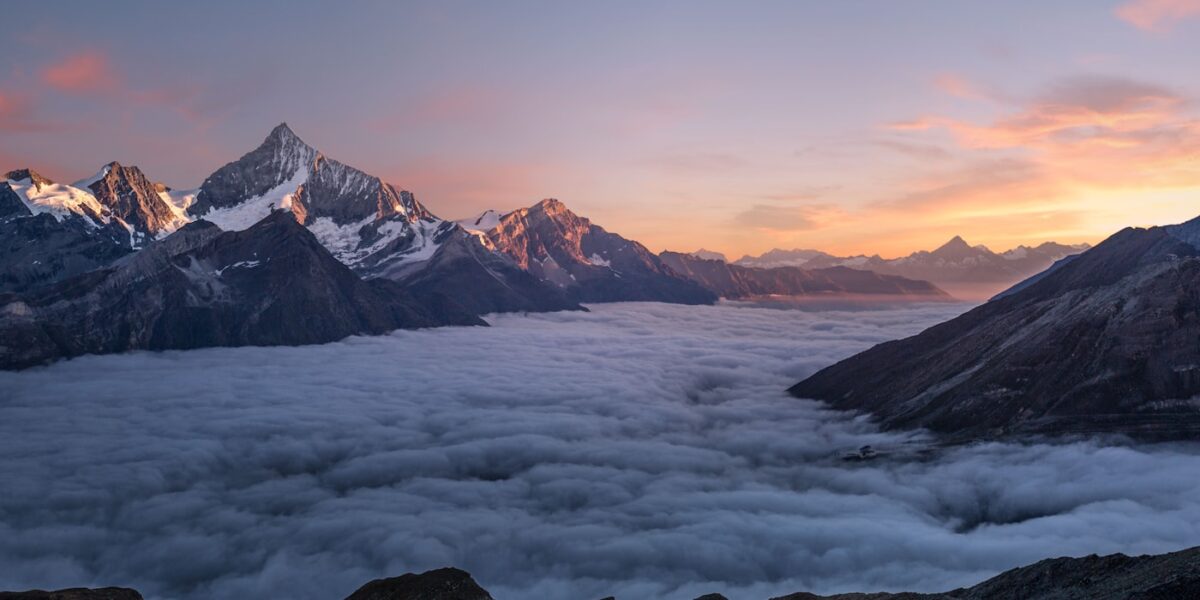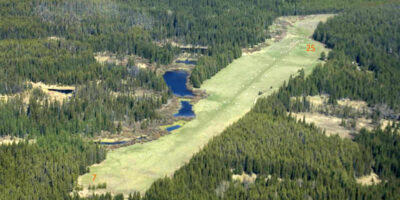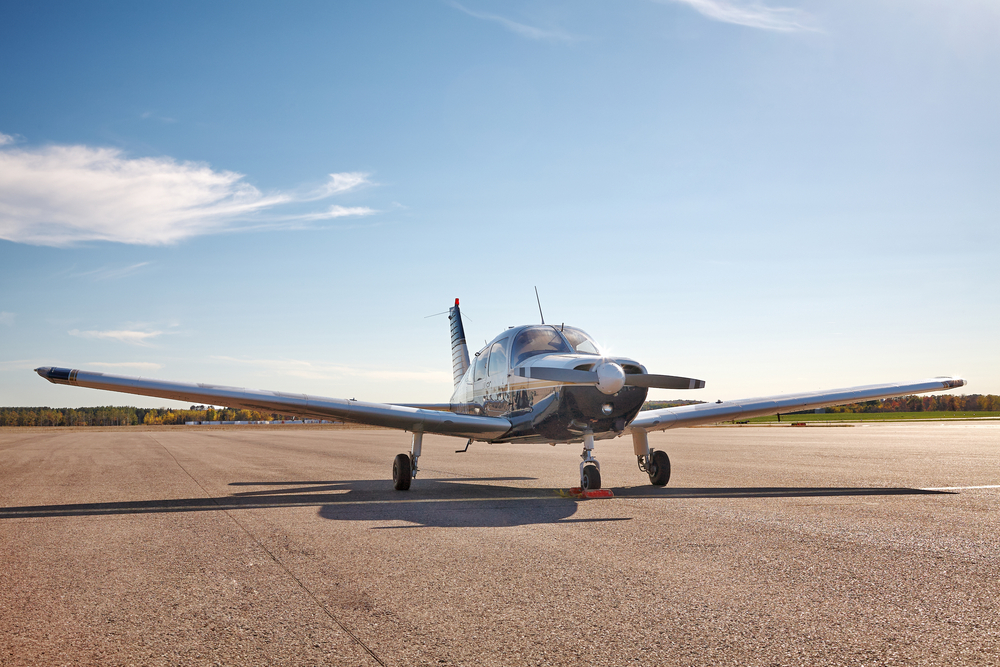McCall Municipal Airport (KMYL) serves as Idaho’s premier mountain flying destination, sitting at 5,024 feet elevation in the Payette National Forest. This small airport provides access to hundreds of backcountry strips and some of the West’s best wilderness flying.
Quick Answer: McCall has one 6,700-foot paved runway (16/34) with full services including 100LL fuel, maintenance, and an excellent FBO. Expect density altitude of 7,000-8,000 feet on summer afternoons. The airport makes an ideal base for exploring Idaho backcountry. Downtown McCall is 2 miles away. Landing fees are $5 for singles.
Airport Facilities
Runway 16/34 measures 6,700 x 100 feet with excellent pavement. Pattern altitude is 6,024 feet MSL (1,000 AGL). The runway slopes gently, with Runway 16 offering the easier landing due to terrain clearance.
McCall Aviation FBO provides full services. They pump 100LL and Jet-A at reasonable prices for mountain Idaho. The shop handles maintenance from oil changes to annuals. Tie-downs cost $10/night, hangars run $35-50/night when available.
The terminal building offers pilot lounges, flight planning computers, and clean bathrooms. Free WiFi works reliably. Vending machines and coffee are available 24/7. The FBO staff are knowledgeable about backcountry operations and happy to advise on strip conditions.
Mountain Flying Considerations
Summer density altitudes regularly hit 7,000-8,000 feet. A Cessna 172 performing like it’s at 8,000 feet needs significantly more runway than sea level. Plan for reduced climb rates and longer takeoff rolls.
Morning operations work best. Arrive before 10 AM when density altitude is lowest. Afternoon thermals create turbulence and unpredictable winds. Plan departures for early morning when conditions are stable.
Surrounding terrain rises quickly. Mountains above 8,000 feet ring the valley. Study terrain carefully before arrival. The standard arrival follows Payette Lake from the south, providing good terrain clearance and spectacular views.
Backcountry Access
McCall serves as the gateway to Idaho’s backcountry strip network. Big Creek, Johnson Creek, Sulphur Creek, and Thomas Creek lie within 30 minutes. The Middle Fork of the Salmon offers dozens of strips along the river corridor.
Local CFIs provide mountain checkout training. This is essential if you haven’t flown Idaho backcountry before. The terrain is unforgiving and strips are challenging. A proper checkout can save your life.
Backcountry strip information changes frequently. The FBO maintains current condition reports. Always check with them before attempting remote strips. What was fine last week might be washed out today.
Things to Do in McCall
Downtown McCall offers excellent restaurants and shops. The town thrives on tourism. Walking from the airport takes 30 minutes, but Uber and taxis work well.
Payette Lake dominates summer activities. Swimming, paddleboarding, and boating are popular. The lake’s clear water reaches 70 degrees by July. Beach access is easy from town.
Brundage Mountain ski resort operates in winter. It’s 8 miles from the airport with shuttle service available. The resort gets 300+ inches annually and rarely gets crowded. Many pilots fly in Friday, ski Saturday-Sunday, and return home Monday.
Ponderosa State Park sits on a peninsula jutting into Payette Lake. Hiking trails wind through old-growth ponderosa pine forests. Wildlife viewing is excellent – deer, elk, and occasionally moose appear on trails.
Seasonal Considerations
Summer (June-September) brings the best flying weather. Mornings are calm, afternoons get bumpy. Thunderstorms build after 2 PM from June through August. Plan early arrivals and departures.
Winter (November-March) sees heavy snow. The airport stays open but requires careful planning. Ice and snow contamination are common. The runway is plowed promptly, but taxiways take longer. Call ahead for current conditions.
Spring (April-May) is unpredictable. Snow can fall through May. Afternoon winds gust to 30+ knots. Backcountry strips remain snowed in until June. Spring flying requires flexibility.
Fall (September-October) offers spectacular conditions. Aspens turn gold by late September. Winds are lighter than summer. Temperatures are comfortable. Fall is arguably the best time to visit McCall.
Fuel and Services
100LL runs $5.50-6.50/gallon depending on oil prices. This is competitive for mountain Idaho. Jet-A is available but more expensive than Boise. The FBO accepts all major credit cards.
McCall Aviation’s maintenance shop is well-equipped. They handle most repairs and inspections. For major work or avionics, you’ll need Boise (110 miles south). Emergency repairs happen quickly – they understand stuck pilots.
Rental cars are available through Enterprise in town. The FBO provides courtesy transportation to car rentals. Book ahead during summer – availability gets tight during peak season.
Weather Briefing
Mountain weather changes rapidly. Check METAR and TAF for KMYL, but also watch Boise (KBOI) and Cascade (U70). Winds can be calm at McCall but howling 20 miles away.
AWOS broadcasts on 119.225. The automated system provides current conditions. Call Flight Service for route-specific mountain briefings. They have better knowledge of wind patterns and terrain-induced turbulence.
Webcams at Brundage Mountain show current conditions. The FBO can also provide visual observations. Don’t rely solely on METAR – talk to locals who know the valley.
Why McCall?
McCall combines mountain town amenities with serious backcountry access. It’s civilized enough for family trips but remote enough for adventure. The airport infrastructure supports safe operations while the surrounding wilderness offers unlimited exploration. For pilots serious about Idaho backcountry flying, McCall is base camp.



Leave a Reply